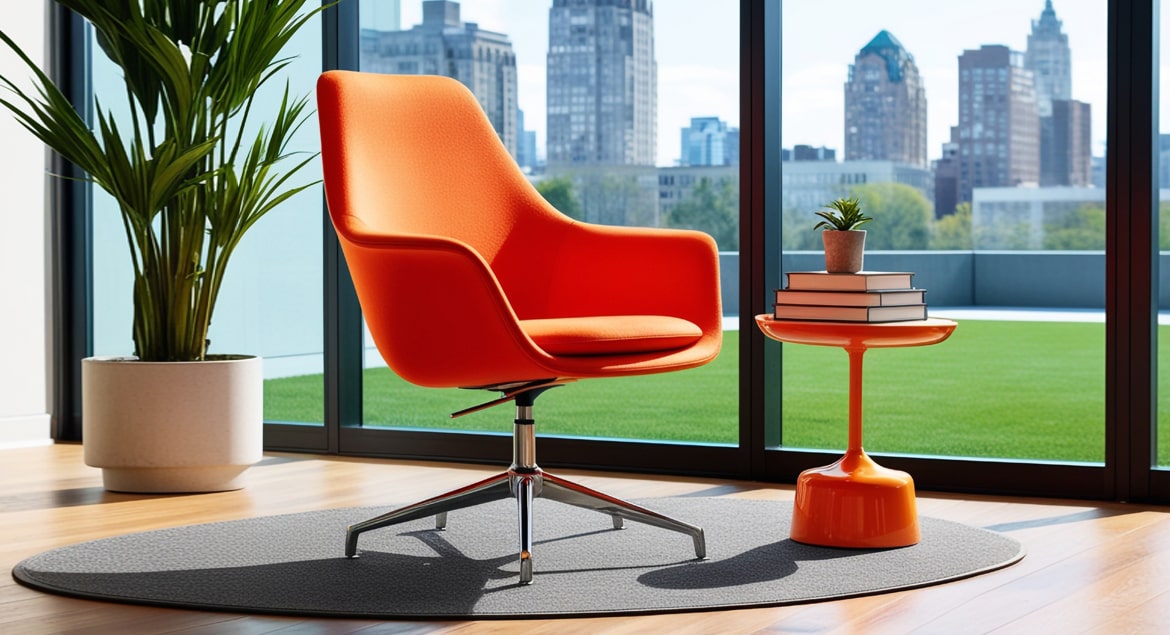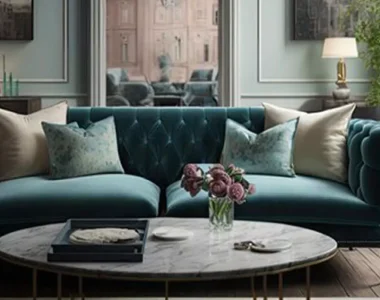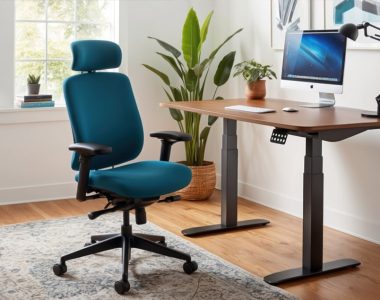Selecting the right chair for your space is crucial in achieving both comfort and aesthetic appeal. Chairs not only serve a functional purpose but also contribute significantly to the overall design and ambiance of a room. Here’s a comprehensive guide to help you make the right choice when it comes to chairs.
1. Understand Your Needs
Before diving into the various styles and designs, it’s essential to determine your specific needs. Consider the following:
- Purpose: Is the chair for relaxation, work, or dining? Each function may require different styles and features.
- Frequency of Use: Will the chair be used daily, or is it more for occasional seating? This affects the material and durability you should consider.
2. Measure Your Space
Proper measurements are critical to ensure the chair fits well within your space. Here’s how to measure effectively:
- Space Dimensions: Measure the length, width, and height of the area where you plan to place the chair. This helps avoid overcrowding and ensures ease of movement.
- Scale: Consider the scale of the chair in relation to other furniture. A large chair may overwhelm a small room, while a tiny chair might get lost in a spacious living area.
3. Choose the Right Style
The style of the chair should complement your existing decor. Consider the following popular styles:
- Modern: Clean lines and minimalistic designs characterize modern chairs. They often incorporate materials like metal and molded plastic.
- Traditional: These chairs feature classic designs with ornate details, often made from wood. They add a timeless appeal to any room.
- Contemporary: A blend of modern and traditional, contemporary chairs may feature unique shapes and innovative materials.
- Rustic: If you favor a cozy, countryside vibe, rustic chairs often use reclaimed wood and natural finishes.
4. Consider Comfort and Ergonomics
Comfort is paramount, especially for chairs that will be used frequently. Here’s what to look for:
- Cushioning: Option for high-density foam cushions for durability and comfort. Test the firmness to ensure it meets your preferences.
- Back Support: Chairs with lumbar support are ideal for long periods of sitting. Consider ergonomic designs that promote good posture.
- Seat Height: Ensure the chair’s height is appropriate for the intended use. For dining chairs, a seat height of 17-19 inches is standard.
5. Material Matters
The material of the chair significantly impacts its aesthetics, comfort, and durability. Here are common materials and their benefits:
- Leather: Durable and luxurious, leather chairs are easy to clean and age beautifully. However, they may require more maintenance.
- Fabric: Available in various colors and patterns, fabric chairs offer a cozy feel. Look for durable fabrics like microfiber for longevity.
- Wood: Wooden chairs are classic and sturdy. Ensure they are well-finished to prevent wear and tear over time.
- Metal: Often used in modern designs, metal chairs are durable and lightweight, making them easy to move.
6. Color and Pattern Choices
The color and pattern of the chair can make a bold statement or seamlessly blend into the background. Here’s how to choose wisely:
- Color Harmony: Select colors that complement your existing color scheme. Neutral colors like beige, gray, and white are versatile, while bold colors can act as focal points.
- Patterns: If you’re using patterned chairs, ensure they don’t clash with other patterns in the room. Stripes and geometric shapes are often more adaptable.
7. Functionality and Versatility
Consider the versatility of the chair in your space:
- Multi-Functional: Chairs that serve multiple purposes, such as a chair bed or a storage chair, can save space and increase functionality.
- Mobility: If you often rearrange your space, opt for lightweight chairs or those with wheels for easy movement.
8. Test Before You Buy
Whenever possible, test the chair before making a purchase:
- Sit on It: Spend a few minutes sitting in the chair to gauge comfort and support.
- Check Stability: Ensure the chair feels sturdy and balanced.
9. Budget Considerations
Finally, establish a budget that fits your needs. While it’s tempting to choose cheaper options, investing in quality chairs can save you money in the long run through durability and comfort.
Conclusion
Choosing the perfect chair involves careful consideration of your needs, space, style, comfort, and budget. By following these guidelines, you can find a chair that enhances your space while providing the comfort you need. Whether you prefer modern, traditional, or a mix of styles, the right chair can elevate your home’s interior design and improve your living experience.




